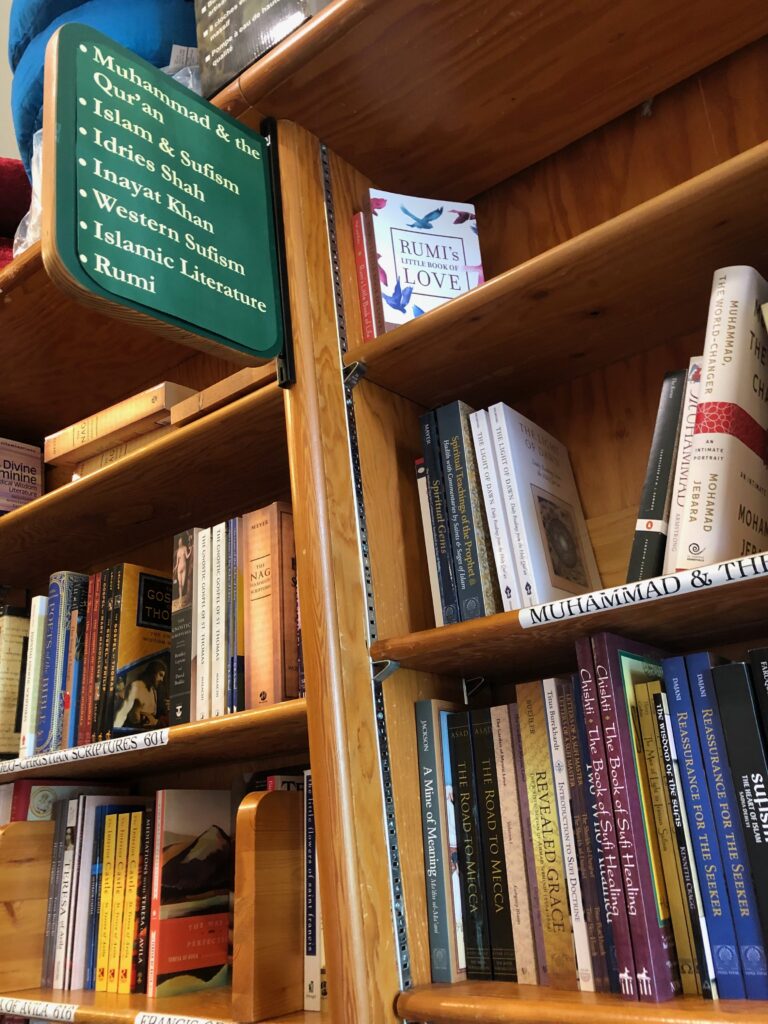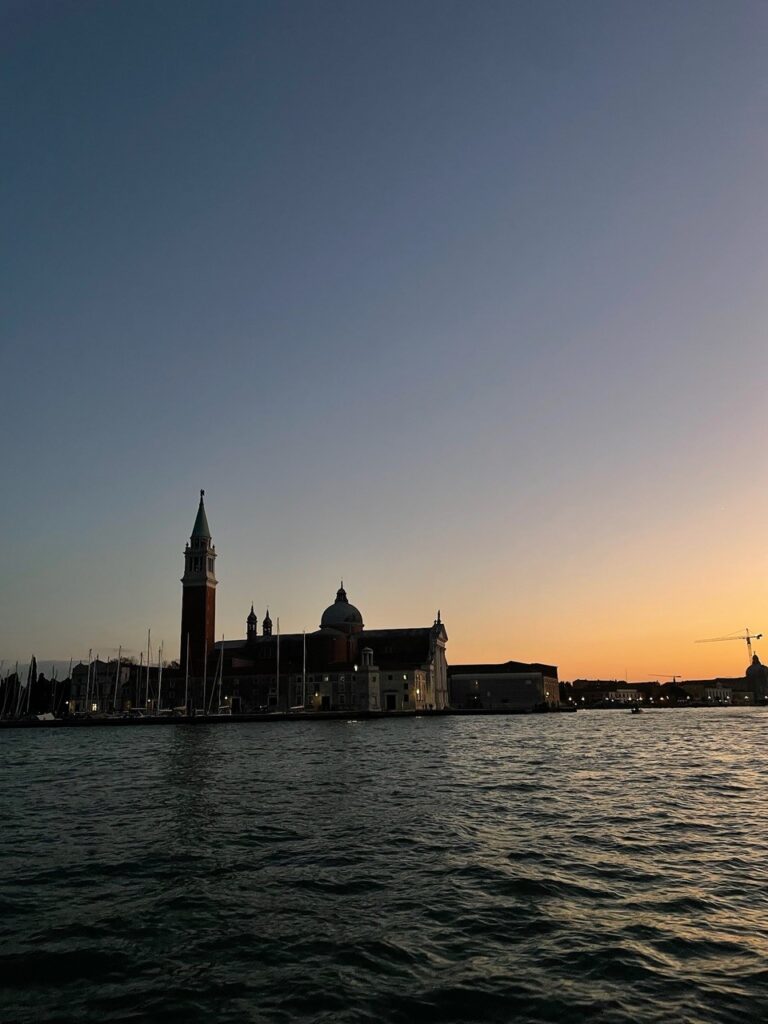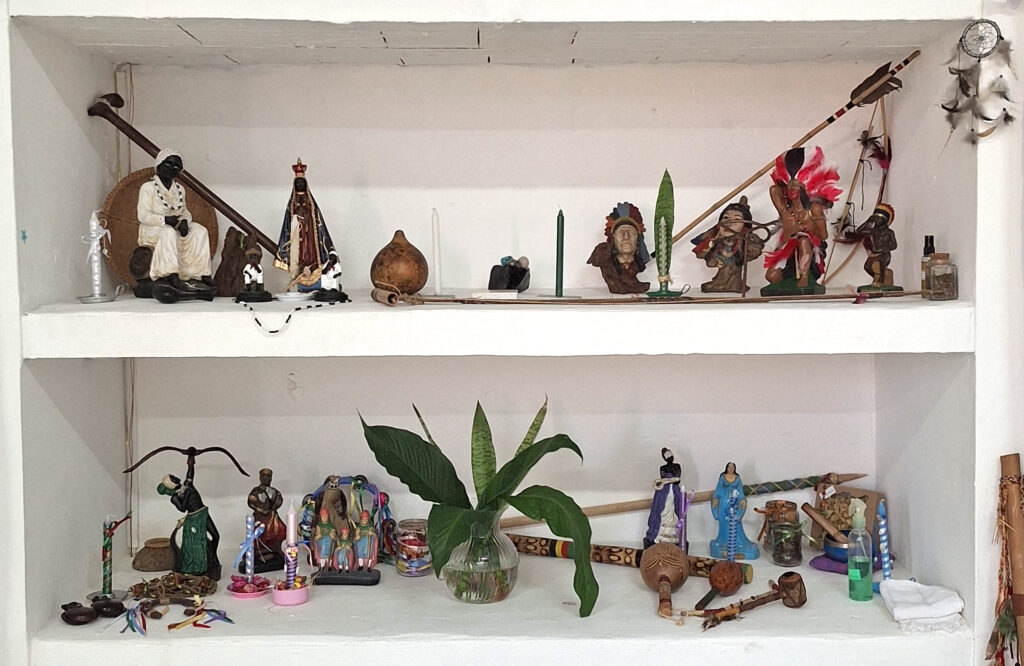By Pablo Wright
Roly Justo enjoys travelling through the Qom/Toba communities in the Chaco region of Argentina. He has been doing this for some time, ever since he became a creyente (believer) of the Evangelio, the indigenous Toba churches. He usually receives invitations to visit people to participate in Evangelio services, known as cultos (cults), and to heal them through his deep knowledge of the plant world. Roly is a healer whose techniques combine two of the Toba’s best-known healing systems: shamanism and Evangelio. His way represents an almost unique cultural synthesis that also reflects the Toba’s historical dilemma between the old and the new: in short, tradition versus modernity.

In fact, he told me that shamans from his homeland, the Toba colony of Mision Tacaagle in the province of Formosa, often told him that he had a “person inside him”, i.e. a shamanic helper. They were able to perceive him. Due to Evangelio‘s public criticism of the old tradition, he repeatedly denied this. However, as is common in the Toba world, he has quite vivid dreams. Dreams are real and meaningful experiences (Wright 2008) from which Roly draws all his wisdom. In this context, he received the shamanic helpers known as lowanek when he once dreamed of a man giving him his powerful saliva (naqaeGonigi), a more shamanic method of initiation. He immediately felt pain in his chest and feared that something might be wrong with him. But the pain disappeared and the shamanic helpers in the saliva began to work, transforming him into a human with healing abilities. Unlike shamans, however, he could not harm people, only heal them, and he never accepted any kind of payment. In his opinion, these qualities distinguished a believer from a shaman. In the end, he accepted his new status without seeing himself as a shaman, but as a believer with shaman-like abilities. This is undoubtedly an ambiguous path, but it is his reality. In this way, Roly manages to negotiate creatively between the “barbaric” past and the “Christian” present.

The “person” in him compels him to travel. He feels it like a fire and experiences it as joy (gozo) and the conviction that he can help people and that they love him back. Roly’s language and healing practices are an expression of a new cultural synthesis between shamanism and Evangelio that I have never heard of. As in the shamanic tradition, his breath, his blowing, his voice, his sounds and his touch are powerful thanks to his lowanek. Roly has received clothing designs in his dreams, which he invariably uses at the cultos, to the astonishment of the pastors and brothers.

In dreams, he also receives recipes for the preparation of remedies from plants, sometimes making healing elixirs and adding alcohol to them. Once prepared, he activates them ontologically through the power of God’s name and words. All in all, his abilities are a blessing from God to him, and he considers God to be the most important and powerful non-human being of all. This exemplifies the current cosmological pantheon of the Evangelio, which places God at the top of the celestial plane, dominating the rest of the traditional non-human beings known as owners (looGot) of the various cosmic realms.

The Toba Evangelio churches concentrate much of the social relations and symbolic creativity associated with contemporary Toba identity (Miller 1995). They also bundle socio-political and healing functions within a purely indigenous institution. Toba cosmopolitics and its shamanic logic are omnipresent in them. In this sense, the career of Roly Justo is a clear example of the Toba way in a world that on the surface appears to be Christian, but on closer inspection shows signs of a genuine folk neo-shamanism (Wright 1984, 2015, 2022). It encompasses all the layers through which Toba history has passed, as a peripheral modernity with a quite vibrant and persistent cultural creativity.
References
Miller, E.S. 1995. Nurturing Doubt. From Mennonite missionary to Anthropologist in the Argentine Chaco. Chicago: University of Illinois Press.
Wright, P. 1984. Quelques formes du chamanisme Toba. Bulletin de la Société Suisse des Américanistes 48: 29-35.
Wright, P. 2008 “Ser-en-el-sueño”. Crónicas de historia y vida toba. Buenos Aires: Editorial Biblos-Culturalia.
Wright, P. 2015. Sueño, shamanismo y Evangelio en los Qom (Tobas) del Chaco argentino. Sociedad y Religión 25 (44): 30-61.
Wright, P. 2022. (Neo-)Shamanic Chronicles of the Argentine Qom/Toba: Between Love, Power, and Healing. Shaman 30 (1-2):117-138.
#
Dr. Pablo Wright, CAS-E Visiting Fellow, is Professor in the Anthropology Department, and Coordinator of the Anthropology of Religion Team, Institute of Anthropology at the University of Buenos Aires. He is Senior Researcher of CONICET (Argentine National Council for Scientific and Technological Research). The field research was funded by projects UBACyT of the University of Buenos Aires and the Argentine National Agency for the Promotion of Research, Technological Development and Innovation.
___
CAS-E blogs may be reprinted with the following acknowledgment: “This article was published by CAS-E on May 27th, 2024.”
The views and opinions expressed in blog posts and comments made in response to the blog posts are those of the author(s) and do not necessarily reflect the views and opinions of CAS-E, its founders, its staff, or any agent or institution affiliated with it, nor those of the institution(s) with which the author is affiliated.
___
Image 1. Evangelio church Mision Tacaagle. (Photo by the author)
Image 2. Cosmological scheme with God/Qarta’a (Our Father) up above (Drawing made by Angel PitaGat, in Wright 2008)
Image 3. Collective prayer in an Evangelio religious service. Female shaman Tomasa Aquino is healing Pastor Gil Roca (Photo by the author, in Wright 1984)
Image 4. Roly Justo wearing the attire received in dreams (Photo by the author)
Image 5. Roly Justo and his medicines (Photo by the author)








